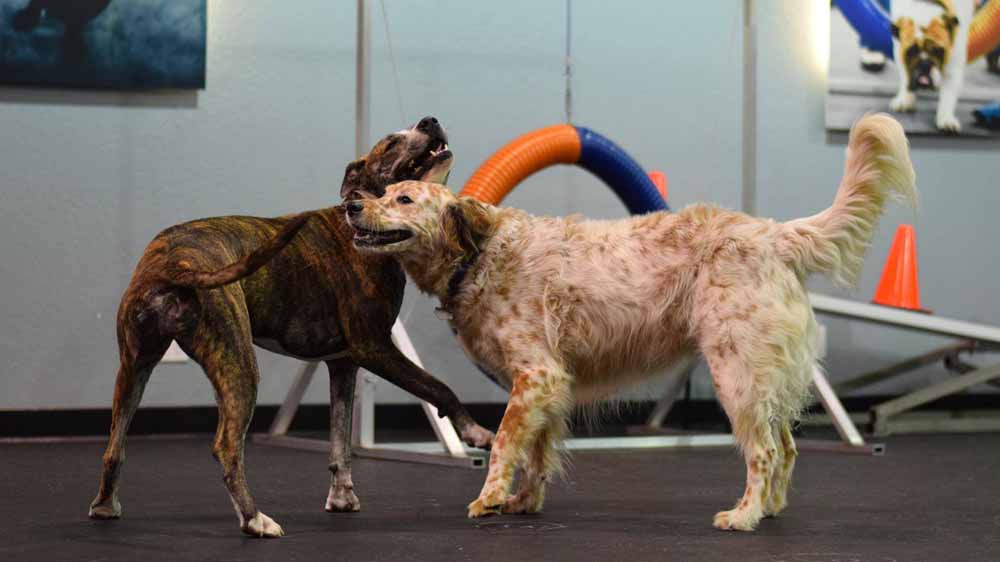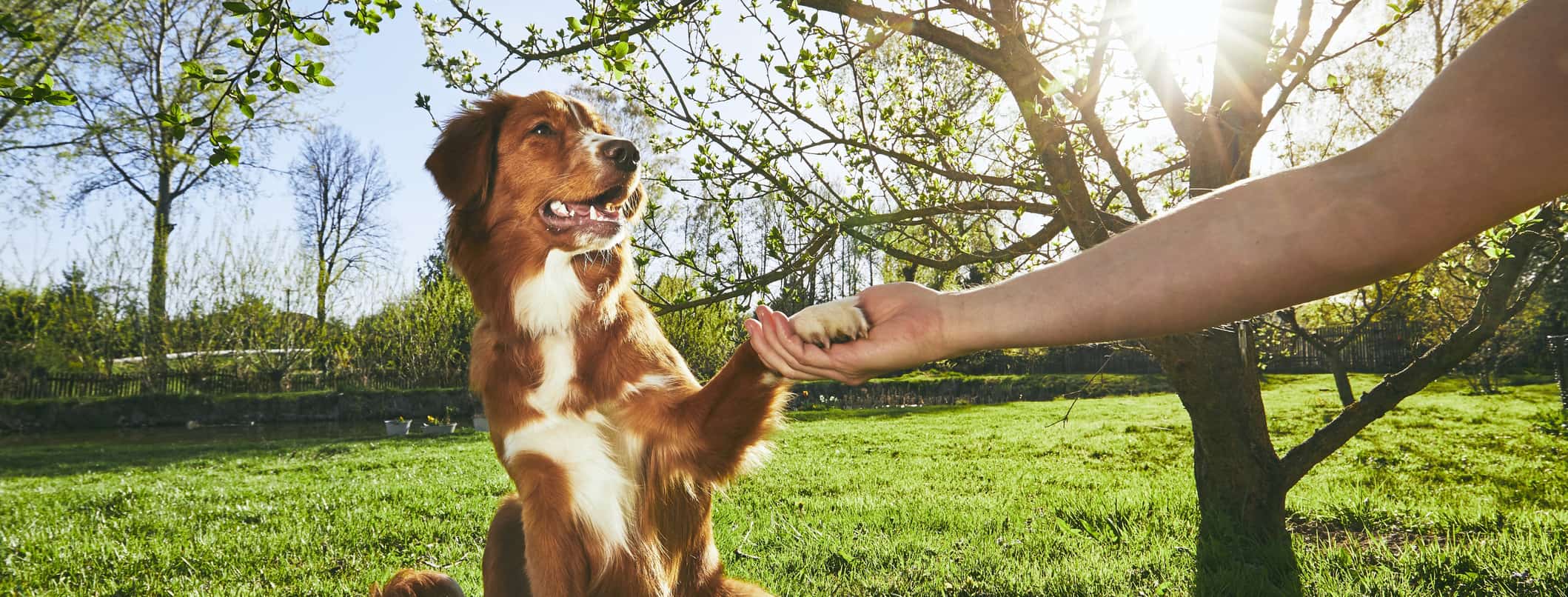Understanding the Basics of Dog Training for First-Time Family Pet Owners
Understanding the Basics of Dog Training for First-Time Family Pet Owners
Blog Article
Discover the Different Kinds Of Pet Training Available for Your Furry Close Friend
Comprehending the numerous types of pet dog training is crucial for boosting your canine buddy's behavior and promoting a stronger bond. From standard obedience to sophisticated strategies such as agility and scent work, each training approach provides special advantages customized to both the pet's and owner's demands.
Fundamental Obedience Training
Fundamental obedience training lays the foundation for a well-behaved pet, establishing the stage for an unified relationship in between pet dog and proprietor. This crucial training concentrates on mentor pets fundamental commands such as sit, stay, come, down, and heel. These commands not just enhance interaction yet additionally promote safety in numerous settings.
The training procedure generally starts with positive support strategies, where rewards such as treats or praise are provided when the dog effectively follows a command. This approach motivates a favorable knowing environment, inevitably fostering count on in between the owner and the pet. Consistency is crucial; regular practice makes certain that the dog preserves commands over time.
Moreover, fundamental obedience training assists to resolve usual behavioral issues, such as leaping, barking, or pulling on the leash. By developing clear boundaries and expectations, owners can lower unwanted actions and improve their canine's socialization skills.

Advanced Training Strategies
Advanced training methods build on the fundamental skills developed in basic obedience training, providing a path to boost a pet dog's capacities and responsiveness. These techniques usually include specialized abilities and commands, permitting canines to perform jobs that call for higher degrees of focus and knowledge.
One prominent approach is dexterity training, where dogs browse obstacle courses, improving their physical control and psychological sharpness. This not only provides workout but also strengthens the bond in between canine and trainer with synergy and communication.
Another innovative technique is scent job, which use a dog's natural olfactory capabilities. This training encourages canines to determine and situate certain aromas, improving their emphasis and analytical abilities. Such activities can be particularly valuable for breeds predisposed to tracking.
Service pet dog training is another essential location, where canines learn to aid people with impairments. This training requires a high degree of obedience and specialized skills tailored to the certain demands of their handlers.
Actions Adjustment Techniques
Efficient dog training extends beyond showing commands and skills; it likewise encompasses behavior alteration approaches that address unwanted behaviors. These strategies are crucial for correcting problems such as hostility, extreme barking, and separation anxiety, guaranteeing a harmonious connection between dogs and their proprietors.
One commonly recognized approach declares support, which involves rewarding preferred behaviors to urge their recurrence. This method works in reinforcing great behaviors while lessening concern or anxiety in the pet dog. Alternatively, aversive methods, such as punishment or negative support, are usually inhibited by experts due to their potential to create fear and anxiety, resulting in additional behavioral issues.
Another essential technique is desensitization, which slowly exposes pet dogs to the stimuli that provoke unwanted actions in a regulated way. This procedure aids pet dogs learn to remain calm and composed in scenarios that would typically set off anxiousness or aggression.
Counter-conditioning is often utilized combined with desensitization, where the look at this site dog learns to link positive experiences with formerly unfavorable stimuli. Both methods call for perseverance and consistency, making them effective tools for attaining resilient behavioral adjustment. By utilizing these habits alteration approaches, pet proprietors can foster a well-adjusted and delighted canine friend.
Specialized Training Programs
In the world of pet training, specialized training programs deal with particular demands and objectives, providing tailored techniques that improve a canine's abilities and address unique challenges. These programs are developed for different objectives, including service canine training, treatment dog preparation, and also competitive sports training.
Service pet dog training concentrates on outfitting pet dogs with the skills required to assist people with impairments, such as directing aesthetically damaged owners or notifying to medical emergencies. This training is extensive and typically needs a mix of obedience, socialization, and particular task-oriented skills.
Treatment pet dog programs intend to prepare dogs for emotional assistance duties in healthcare facilities, schools, and retirement home. These dogs have to exhibit peace, sociability, and a mild behavior, guaranteeing they can offer comfort to those in distress.
Additionally, affordable sports training, such as dexterity or obedience tests, stresses physical fitness, precision, and team effort in between the pet and handler. These programs require a high degree of commitment and practice, cultivating a solid bond while developing the dog's sports capacities.
Fun and Interactive Training Tasks
Just how can canine training be both effective and satisfying? The answer depends on incorporating enjoyable and interactive training activities that promote your pet's mind while strengthening necessary abilities. Involving your pet via play not only strengthens the bond between here you and your fuzzy pal but additionally boosts their learning experience.
One effective method to attain this is through agility training, where dogs navigate challenge programs that test their physical and psychological abilities. This task encourages problem-solving and improves control, making it an excellent choice for active types. One more choice is making use of puzzle playthings that dispense deals with, which can maintain your pet dog emotionally involved and encouraged to discover.
Additionally, including video games like bring or hide-and-seek can make training sessions extra dynamic. These tasks urge the canine to respond to commands in an enjoyable context, promoting obedience while enabling social interaction.

Conclusion
In final thought, numerous kinds of pet dog training are crucial for boosting canine behavior and fostering a solid human-animal bond. Checking out these varied training options gears up canine proprietors with the tools needed to cultivate web well-rounded, happy, and obedient buddies.
Understanding the numerous types of pet dog training is important for boosting your canine buddy's actions and fostering a stronger bond. From standard obedience to advanced strategies such as agility and fragrance work, each training approach offers distinct advantages tailored to both the dog's and proprietor's needs.Fundamental obedience training lays the foundation for a mannerly pet dog, establishing the stage for a harmonious connection between pet and proprietor.The training process normally begins with favorable reinforcement methods, where rewards such as deals with or appreciation are provided when the pet effectively adheres to a command.In conclusion, numerous types of dog training are essential for enhancing canine actions and cultivating a strong human-animal bond.
Report this page